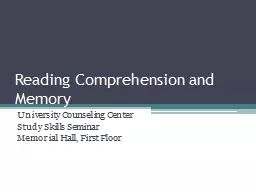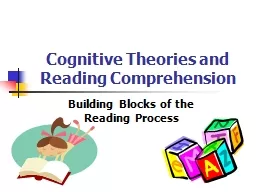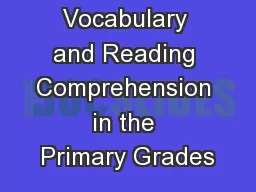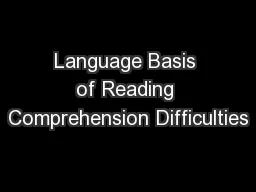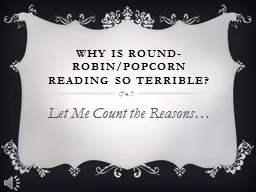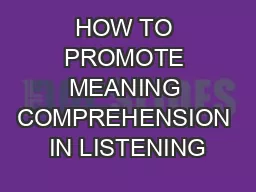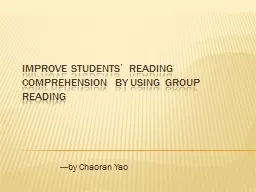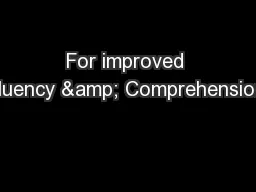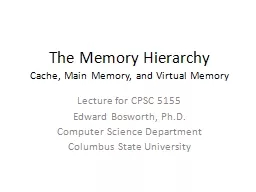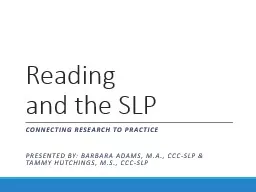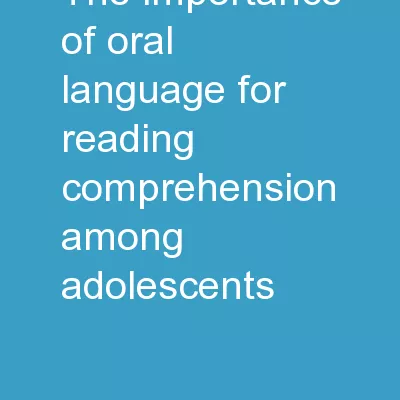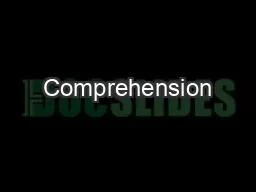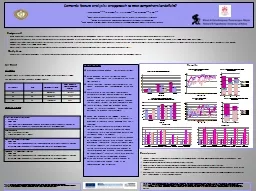PPT-Reading Comprehension and Memory
Author : tawny-fly | Published Date : 2019-12-10
Reading Comprehension and Memory University Counseling Center Study Skills Seminar Memorial Hall First Floor UCC Memorial Hall 102 Hours M Th 800 am500 pm Friday
Presentation Embed Code
Download Presentation
Download Presentation The PPT/PDF document "Reading Comprehension and Memory" is the property of its rightful owner. Permission is granted to download and print the materials on this website for personal, non-commercial use only, and to display it on your personal computer provided you do not modify the materials and that you retain all copyright notices contained in the materials. By downloading content from our website, you accept the terms of this agreement.
Reading Comprehension and Memory: Transcript
Download Rules Of Document
"Reading Comprehension and Memory"The content belongs to its owner. You may download and print it for personal use, without modification, and keep all copyright notices. By downloading, you agree to these terms.
Related Documents

